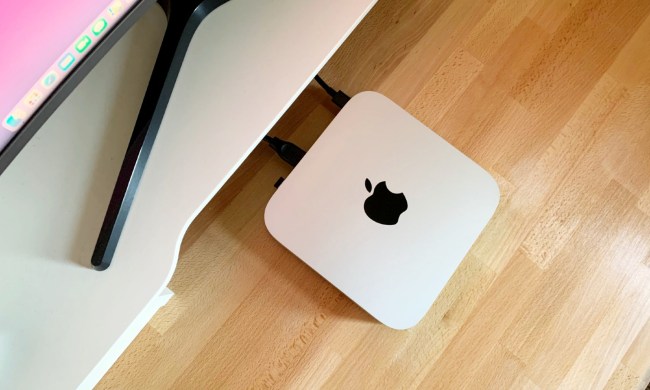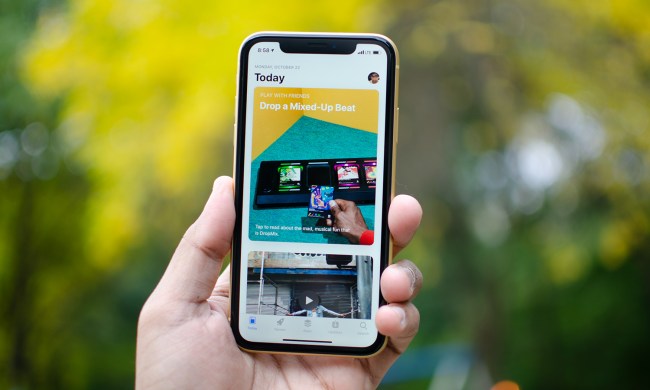
Fortunately, Google is addressing the evident drought with VR View, a dev tool that streamlines the process of embedding 360-degree photos and videos on the Web and in native applications alike. Not only will it be compatible with Cardboard and the VR-deprived “Magic Window” viewer, but the company is also implementing iOS support to its Cardboard SDK.
With only a few lines of code, adding VR or 360-degree content to your website should be much easier thanks to the advent of this new service. Not only will your favorite Tumblr users be able to take advantage of it, but VR View bears some commercial viability as well.
Online retailers like Amazon could use it to devise a virtual showcase for its products while — potentially — you could even use it to show off an apartment you’re trying to rent out.
“A lot of these businesses, they’re very focused on their core businesses and don’t have VR R&D teams ready to go and the thought of building a VR app from the ground-up is a giant investment,” Google product manager Nathan Martz asserted in an interview with TechCrunch. “A lot of what the VR View project is about is in trying to close the gap for those companies.”
Likewise, with the addition of iOS to the Cardboard SDK, the appeal of VR will likely increase several times over.
“We really feel like the core vision of Cardboard is ‘VR is for everyone,'” Martz said. “And it turns out that a lot of phones in a lot of pockets are iOS phones.”
Who would have thought?
Luckily, for iPhone owners, the new SDK isn’t going to compromise on anything from the original Android version, according to a blog post. Previously, only Unity-made applications worked with iPhones. Now any of them can.
With more than 5 million Cardboard viewers in peoples’ hands, the platform is an affordable means of getting started with VR, with the cheapest compatible headset priced around $15. And because of the added weight of easier embedding and iPhone SDK support, that number is undoubtedly expected to grow.


